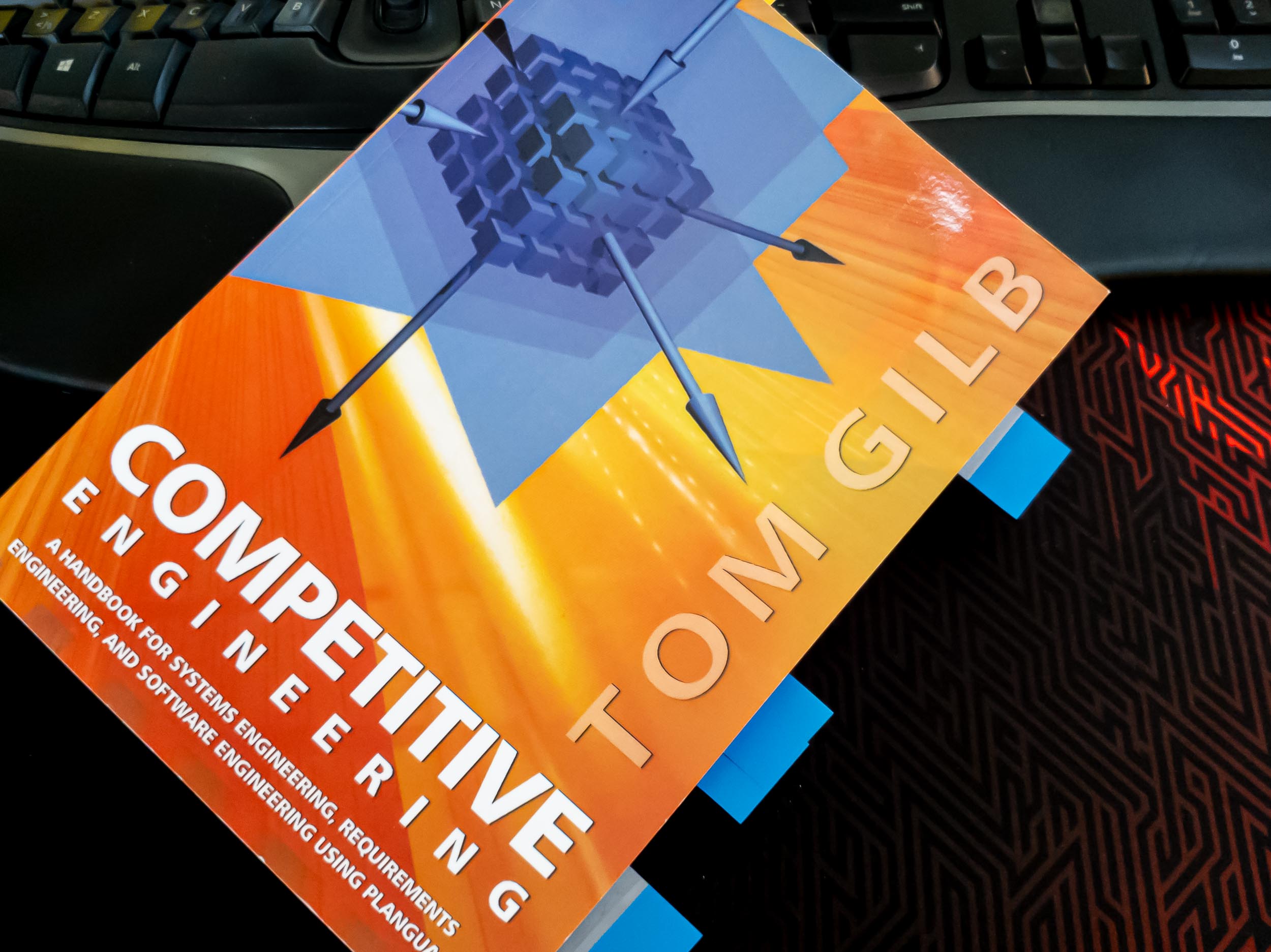FAILURE IS ALWAYS AN OPTION!
The notion of “Failure is always an option” is at the heart of any successful endeavour. Because it is when we fail that we learn. Yes, you have heard this a million times. But have you ever thought about what that actually means? And maybe more important, how you can change your ways of working to really leverage it?
When we try to learn a new skill, we have absolutely no idea of how to do it. So we try. We might succeed on the first go, but it is by far more likely that we will do something wrong. And we try again, and again… and again. We keep trying until we have corrected everything and only the right way is left. We do this intuitively.
But what if we do this with intention? What if we start thinking about what we did wrong and what we could have done instead? Let’s look at our failures as a way to show us what not to do. Let’s make our mistakes a tool we can use to improve. What if we start analysing our failures, instead of just feeling embarrassed and try to forget them? Let’s dive head first into them and see if we can find where it went south.
Now, the million Euro question. How do we do this then?
It all boils down to one simple question: “What happened?” If we don’t know the problem, we can’t fix it. So we really have to understand the problem. Now, what follows might not be as simple as it sounds at first. Finding out what actually went wrong can be hard. I say it can be hard because the problem is probably not what you think it is. It might seem as if the problem is what you are looking at, but if you start scratching the surface, you might find a reason to what just happened. And this is what you want to address.
This is when it’s a good time to start asking “why”. Many times. We have to find the root to the problem. For example:
- What went wrong?
- The stick broke. Why?
- Because we used a too thin stick. Why?
- We didn’t know the strength of the stick? Why?
- We never had any education in doing this.
What seemed as a material problem turned out to be lack of knowledge. So if you just had started to use thicker sticks, you would eventually run into the same problem again. But by breaking down the problem and digging deeper, we found out what to do to never again find ourselves in this predicament.
Now all you have to do is fix the problem. From this series of questions, we can create tasks to do (or user stories, if you do Scrum).
- Start educating people.
- Start calculating how thick the stick has to be.
- Check sticks that you already use if they are thick enough
- …
This is how we improve. Only asking the questions isn’t enough, we have to change how we do things too. We have to act on the findings. Now, this can lead anywhere, it is really up to you what happens next.
And one more thing. Even if we find out that it was something outside our responsibilities, outside what we can control, we can do things to mitigate it in the future. For instance, if you are driving and you meet a car on your lane, you don’t just crash, you take action to avoid the other car. And to mitigate the problem we build railings between the lanes. So it’s important to understand how things work outside our bubble too. And this is an opportunity to open new channels, to increase the collaboration with other teams.
— Cheers!!


